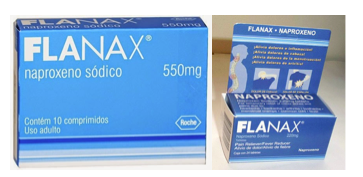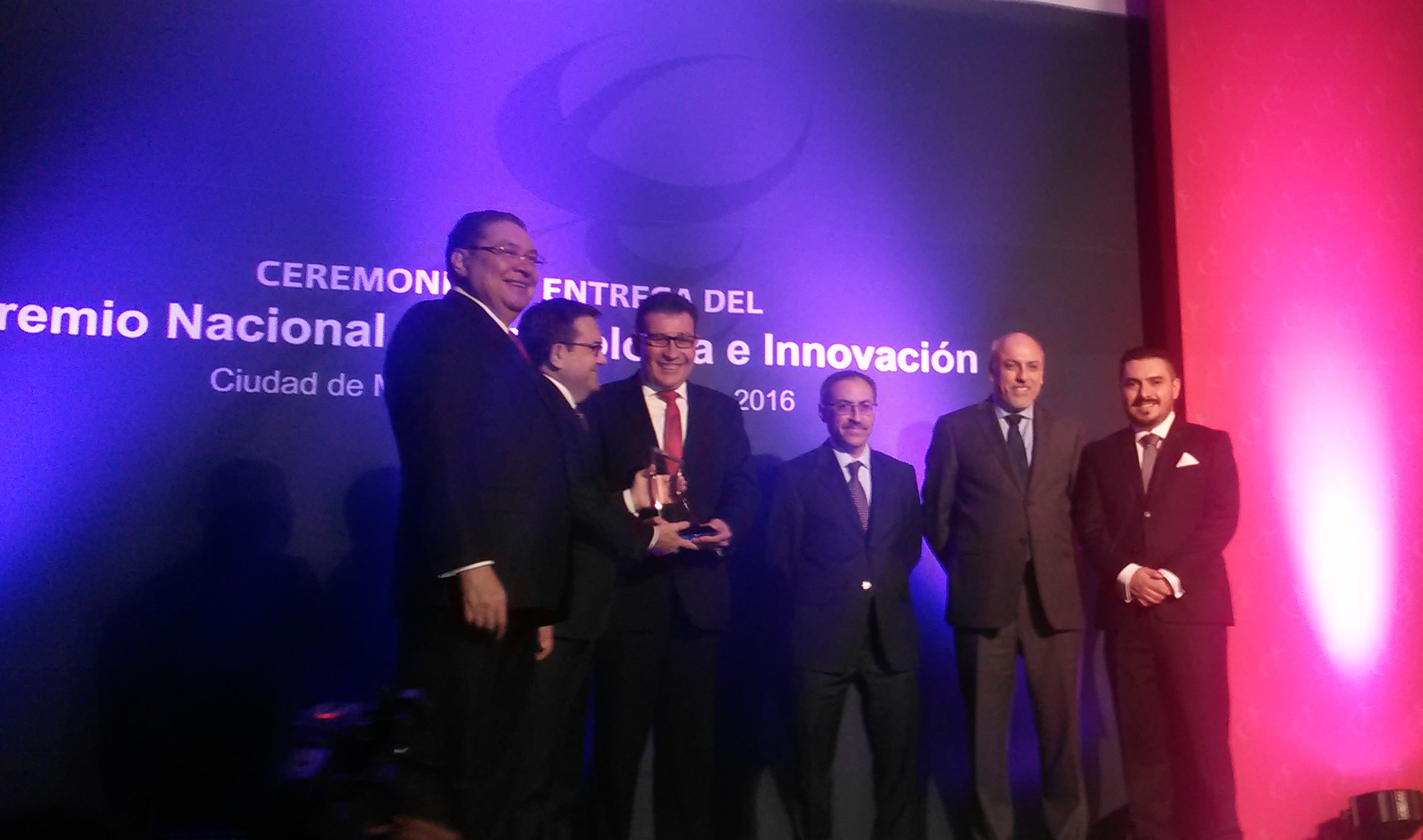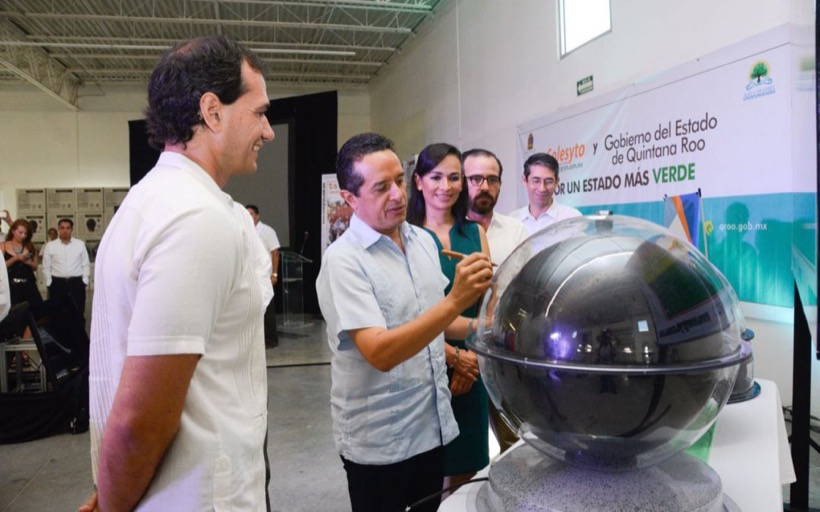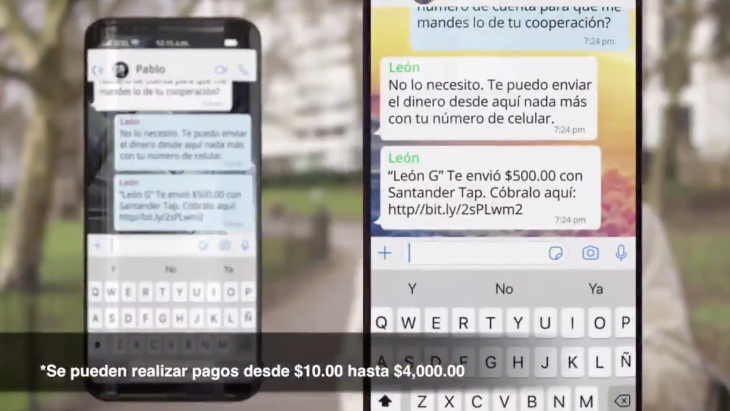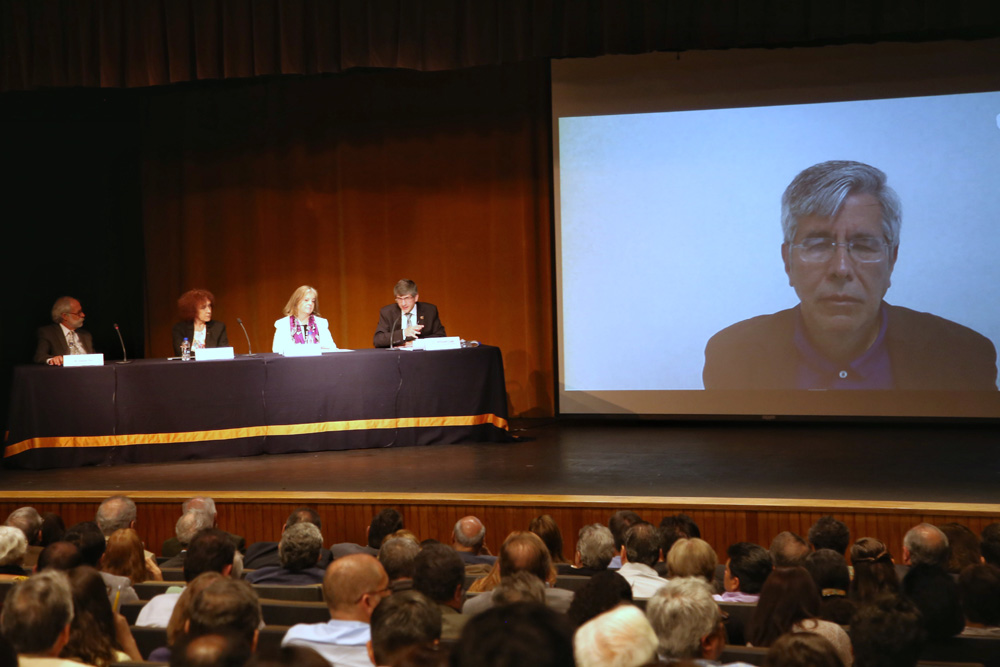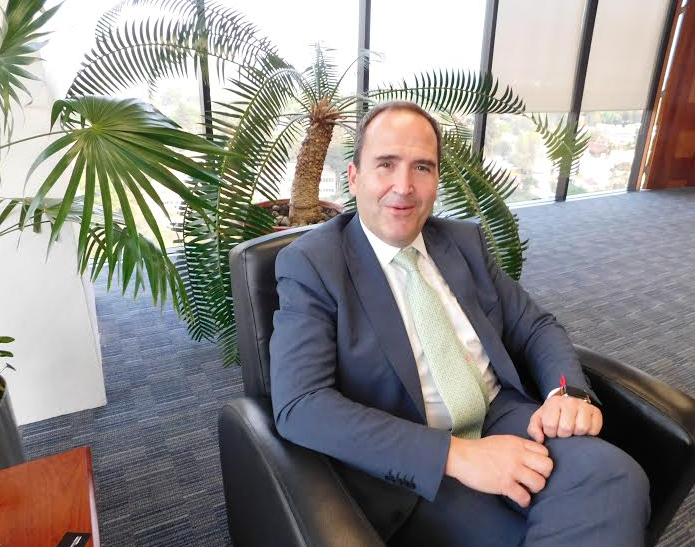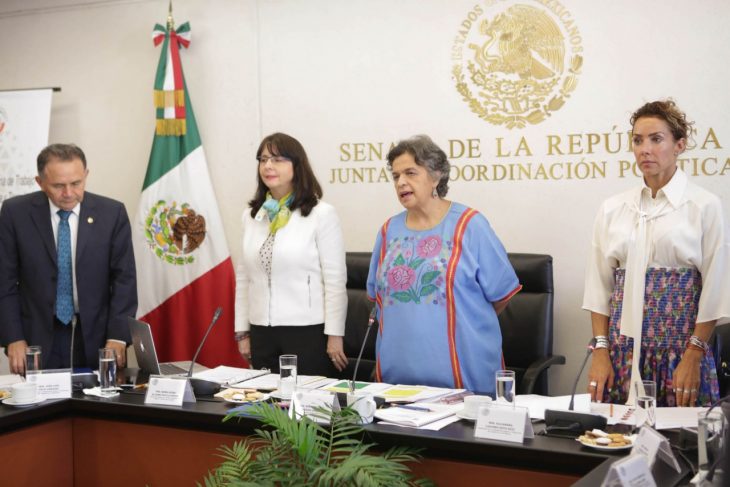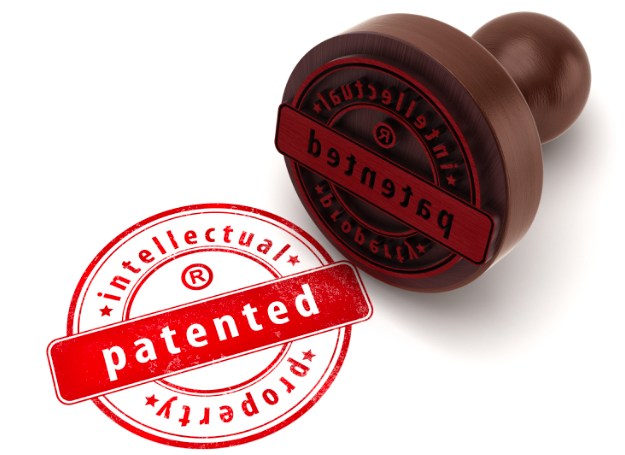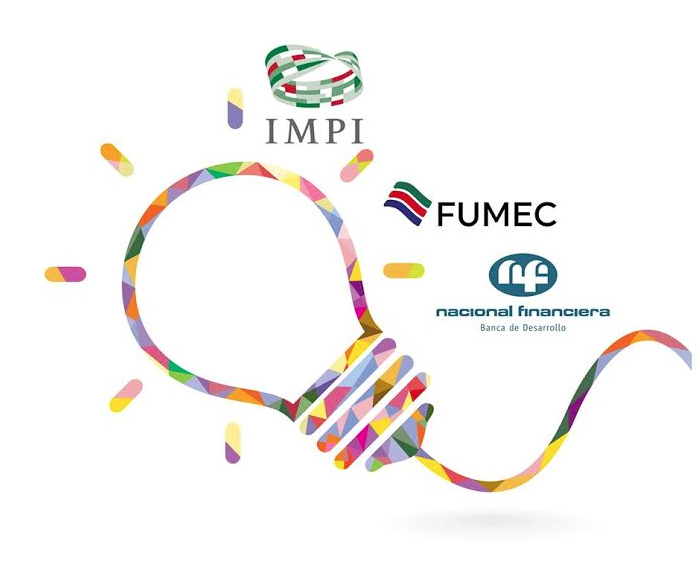By: Arturo Ishbak Gonzalez, Intellectual Property Attorney, Brinks, Gilson & Lione, US
This article analyzes the decision of the United States Court of Appeals for the Fourth Circuit in the false advertising, false association and cancellation claims asserted by Bayer against Belmora for the deceptive use in the United States of its well-known FLANAX mark.
When I started studying Trademark Law I remember learning from my very first lesson the territoriality principle: Trademarks rights exist in each country solely according to that country’s statutory scheme. However, the well-known marks doctrine in the United States stands as an exception to such fundamental principle.
Under the doctrine, trademark rights can spill over national borders based solely on the mark’s reputation. One example of this exception is the recent decision of the Fourth Circuit in the high-profile FLANAX trademark case that I summarize today.
The German multinational pharmaceutical company Bayer owns the trademark FLANAX in Mexico and has sold naproxen sodium pain relievers under that mark in Mexico since the 1970s. Belmora LLC owns the FLANAX mark in the United States and has sold it since 2004. Bayer sued Belmora contending that it used the FLANAX mark to deliberately deceive Mexican-American consumers into thinking they were purchasing Bayer’s product.
Initially, Bayer only registered the trademark FALNAX in Mexico for pharmaceutical products, analgesics, and anti-inflamatories. FLANAX sales by Bayer have totaled hundreds of millions of dollars, with a portion of the sales occurring in Mexican cities near the U.S. boarder. Bayer’s FLANAX brand is well-known in Mexico and other Latin American countries, as well as to Mexican-Americans in the U.S., but Bayer has never marketed or sold its FLANAX in the U.S. Instead, Bayer sells the same product under the brand ALEVE in the U.S.
Belmora began selling FLANAX in the U.S. in 2004, registering the mark the year after. The packaging of Belmora’s FLANAX is practically identical to Bayer’s FLANAX packaging in Mexico. Also, Belmora made statements implying its FLANAX brand was the same FLANAX product sold by Bayer in Mexico.
The U.S. Trademark Trial and Appeal Board (TTAB) cancelled Belmora’s registration based on deceptive use. In the meantime, Bayer filed a separate complaint for false association against Belmora and a claim for false advertisement. After the two cases were consolidated, the District Court reversed the TTAB’s cancellation order and dismissed the false association and false advertising claims. Bayer appealed those decisions.
On appeal, the United States Court of Appeals for the Fourth Circuit (the “Court”) in Belmora LLC v. Bayer Consumer Care AG and Bayer Healthcare LLC, Appeal No. 15-2335 (March 23, 2016) [precedential] issued the decision summarized here.
The Fourth Circuit vacated the judgement of the District Court and remanded the case for further proceedings. The main issues discussed in the decision were i) false association and false advertising under section 43 (a); and ii) Cancellation of Belmora’s trademark registration.
Regarding the false association, the Court held the plain language of section 43 (a) does not require that plaintiff possess or have used a trademark in U.S. commerce as an element of the cause of action. What it does require is that Bayer was “likely to be damaged” by Belmora’s “use in commerce” of its FLANAX and related advertisements.
The Court concluded that section 43 (a)’s broad authorization -permitting suit by “any person who believes that he or she is or is likely to be damaged”- should not be taken “literally” to reach the limits of Article III standing, but is framed by two “background principles,” which may overlap.
First, a plaintiff’s claim must fall within the “zone of interest” protected by the statue. Second, a statutory cause of action is limited to plaintiffs whose injuries are proximately caused by violation of the statute.
Now, before applying the aforementioned principles to our case, the Court emphasized the importance of having in mind that this was an unfair competition case, not a trademark infringement case.
In connection with the first prong of the test, Bayer alleged that Belmora’s misleading association with Bayer’s FLANAX had caused Bayer customers to buy Belmora FLANAX in the U.S. instead of purchasing Bayer’s FLANAX in Mexico. The Court thus concluded that Bayer adequately pled a section 43 (a) false association claim for purposes of the zone of interest prong. Its allegations reflected the claim furthers the section 45 purpose of preventing “the deceptive and misleading use of marks” in “commerce within the control of Congress.”
Turning to the second prong of the test, the Court held that Bayer FLANAX customers in Mexico near the border might be deceived into foregoing a FLANAX purchase in Mexico as they cross the border to shop and buy the Belmora product in the United States. Second, Belmora was alleged to have targeted Mexican-Americans in the U.S. who were already familiar with the FLANAX mark from their purchases from Bayer in Mexico. The Court reasonably inferred that some subset of those customers would buy Bayer’s FLANAX upon their return travels to Mexico if not for the alleged deception by Belmora. Consequently, The Court concluded Bayer met the pleading requirement as to proximate cause.
Also, the Court concluded that the Lanham Act permitted Bayer to proceed with both of its false association and false advertising claims. It is worth noting that although the Court concluded that Bayer had alleged an adequate basis to proceed under section 43 (a), it could not obtain relief without evidence of injury proximately caused by Belmora’s alleged misconduct. The Court held only that Bayer was entitled to a chance to prove its case.
In granting Bayer that chance, the Court was not concluding that Bayer had any specific trademark rights to the FLANAX mark in the United Sates since Belmora owns the mark. However, trademark rights do not include using the mark to deceive customers as a form of unfair competition, as was alleged in our case.
On the other hand, regarding the cancellation of Belmora’s trademark registration, the statute establishes that petitioner must prove that the registrant deliberately sought to pass off its goods as those of petitioner.
Applying the same principles applied for the false advertising and false association claims, the Court concluded that the Lanham act authorized Bayer to bring its cancellation action against Belmora. Bayer’s cancellation claim fell within the Lanham act’s zone of interest because it confronted the “deceptive and misleading use of marks.” Likewise, Bayer adequately pled a proximately cause injury to survive Belmora’s motion for the same reasons previously discussed for the false association and false advertising claims.
Finally, on May 23, 2016, the Court denied Belmora’s petition for reconsideration en banc the Flanax case. Therefore, this case is going all the way back to the District Court for further proceedings. Although this case clearly shows the exception of the territoriality principle, I bet Belmora’s FLANAX will be a headache for Bayer for a long time.
Arturo Ishbak Gonzalez
Twitter: @ArturoIshbak

